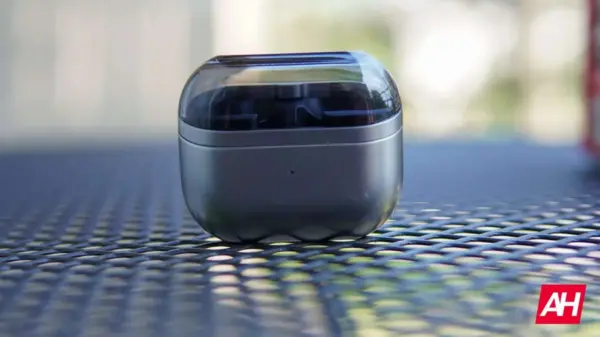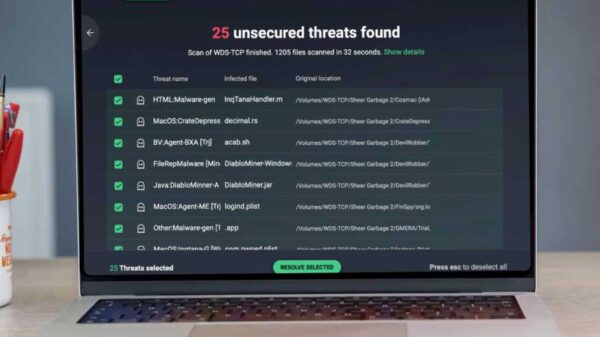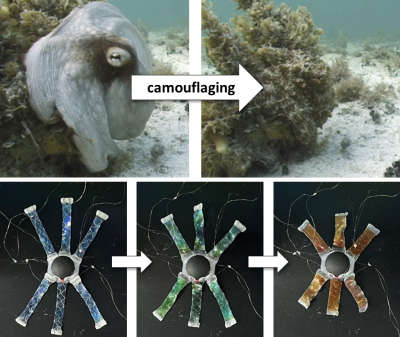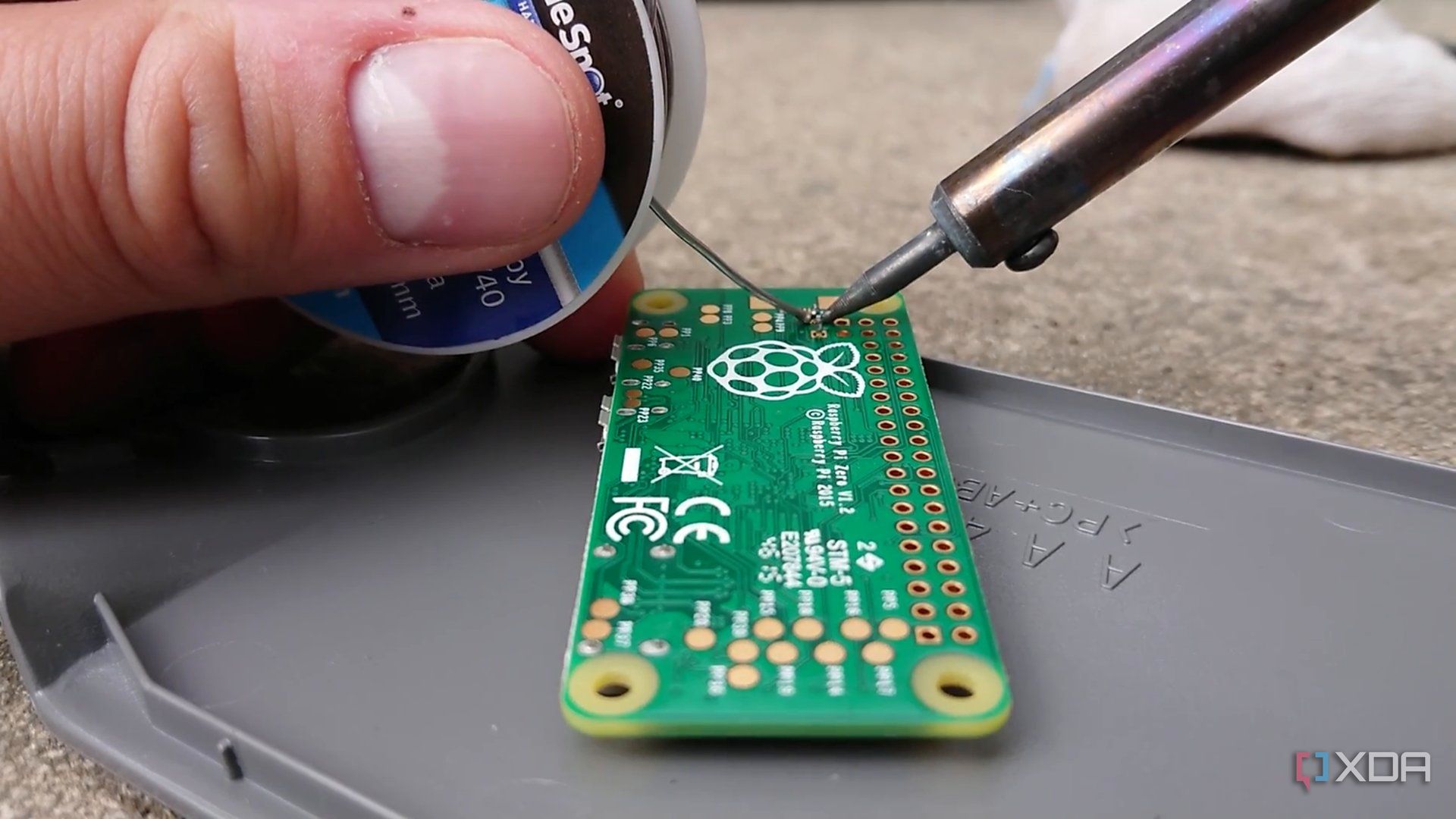UPDATE: The Raspberry Pi Zero W, priced at just $15, remains a top choice for home lab enthusiasts as of October 2023. Despite being on the market for years, its tiny size, built-in Wi-Fi, and low power consumption make it an invaluable tool for DIY projects and tech tinkering.
Home lab enthusiasts are turning to the Raspberry Pi Zero W for its efficiency and reliability. It’s ideally suited for lightweight applications, such as running network services like Pi-hole and Unbound, which don’t require heavy processing power. These services can significantly enhance home networks by blocking ads and managing IP address assignments without putting a strain on hardware.
The Zero W’s compact design allows it to be placed almost anywhere, avoiding the hassle of Ethernet cables. It operates quietly and draws minimal power, making it a seamless addition to any setup. Users can run these essential services continuously, ensuring that even if other servers fail, internet connectivity remains intact.
Moreover, the Zero W shines in the realm of Internet of Things (IoT) projects. Its small footprint and wireless capabilities enable easy integration into custom devices. Hobbyists are leveraging this board for smart sensors, automated switches, and data loggers, all while keeping costs low. The built-in Wi-Fi means users can deploy it in locations where wired connections are impractical, such as tight spaces or remote corners of a home.
One of the most compelling reasons to opt for the Zero W is affordability. At only $15, it encourages experimentation without the fear of financial loss if a project doesn’t work out. Users can easily reflash the SD card and repurpose the device for new ideas, fostering a culture of learning and innovation.
For those interested in building clusters, the Zero W offers a low-cost entry point into the world of distributed computing. While typically associated with more powerful boards, the Zero W can still manage lightweight containers, making it an educational tool for understanding container orchestration and workload balancing. Users can develop skills in deploying containers and managing node communications without breaking the bank.
Additionally, the Zero W serves as a dedicated monitoring agent, essential for maintaining a healthy home lab. By running tools like Uptime Kuma or Prometheus, users can continuously track system health, ensuring quick troubleshooting. Its wireless capabilities allow for strategic placement throughout the network, providing a comprehensive overview of operations.
What makes the Zero W particularly noteworthy is its extremely low power consumption. Even under load, it uses a fraction of the electricity compared to traditional boards, making it perfect for always-on applications. This efficiency not only keeps energy costs down but also minimizes heat output, reducing the need for additional cooling solutions.
As technology continues to evolve, the Raspberry Pi Zero W remains relevant through its balance of price, efficiency, and versatility. It provides a solid foundation for projects where high-performance computing isn’t necessary, proving that great things can come in small packages.
For tinkerers and tech enthusiasts, the Raspberry Pi Zero W is not just a relic of the past; it’s a powerful tool for the present and future. With its affordability and unique functionalities, it is clear why it continues to be a staple in home labs around the globe. As users continue to innovate and explore new applications, the Zero W is set to play a vital role in shaping the future of DIY tech projects.
Stay tuned for more updates on this essential tool in home lab development!





































































